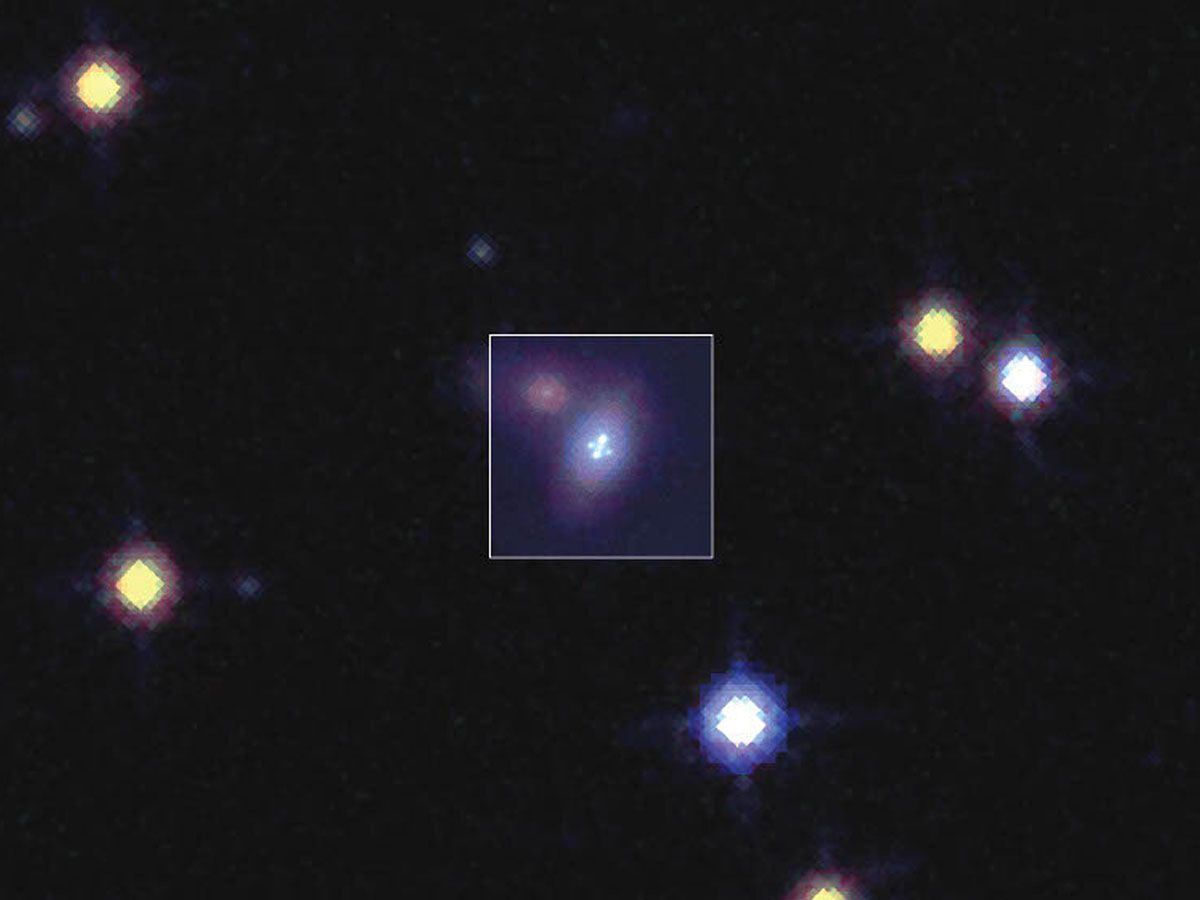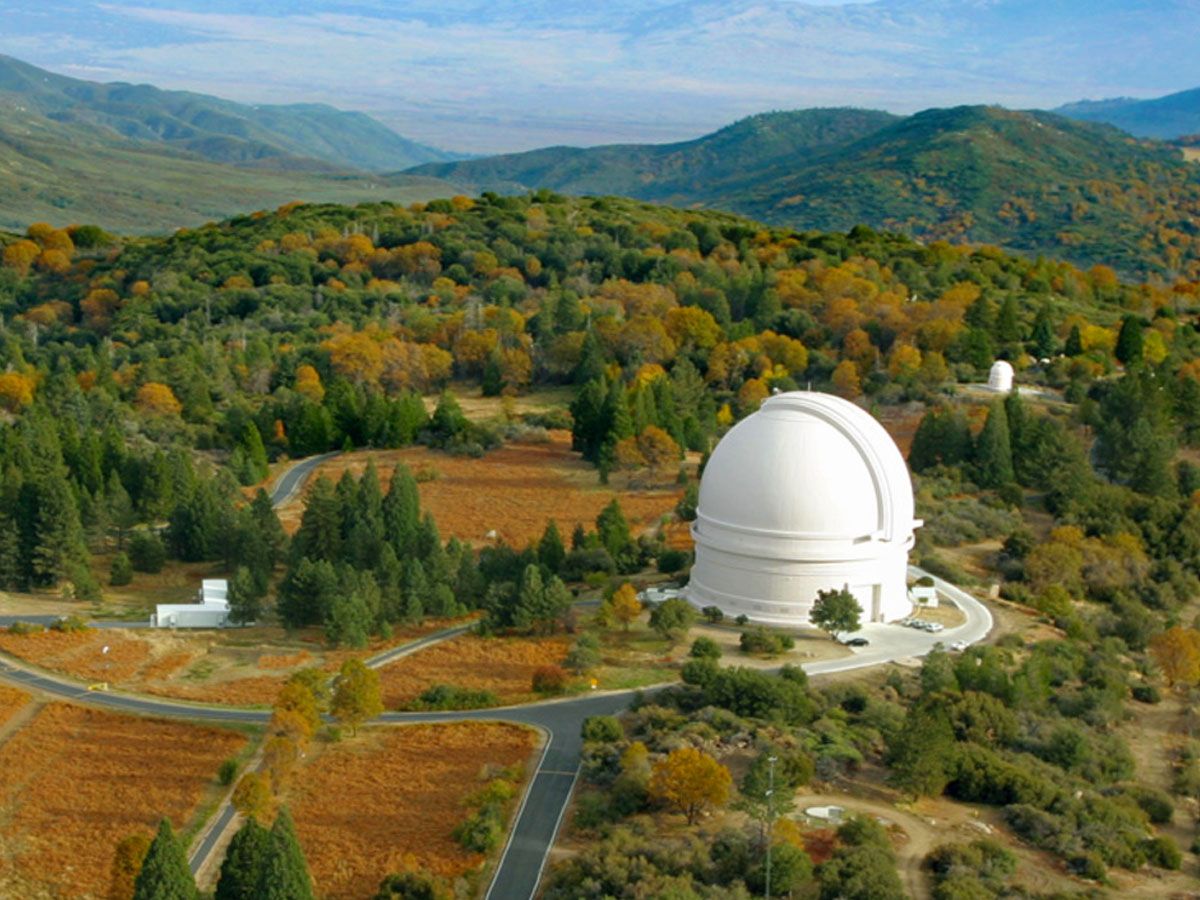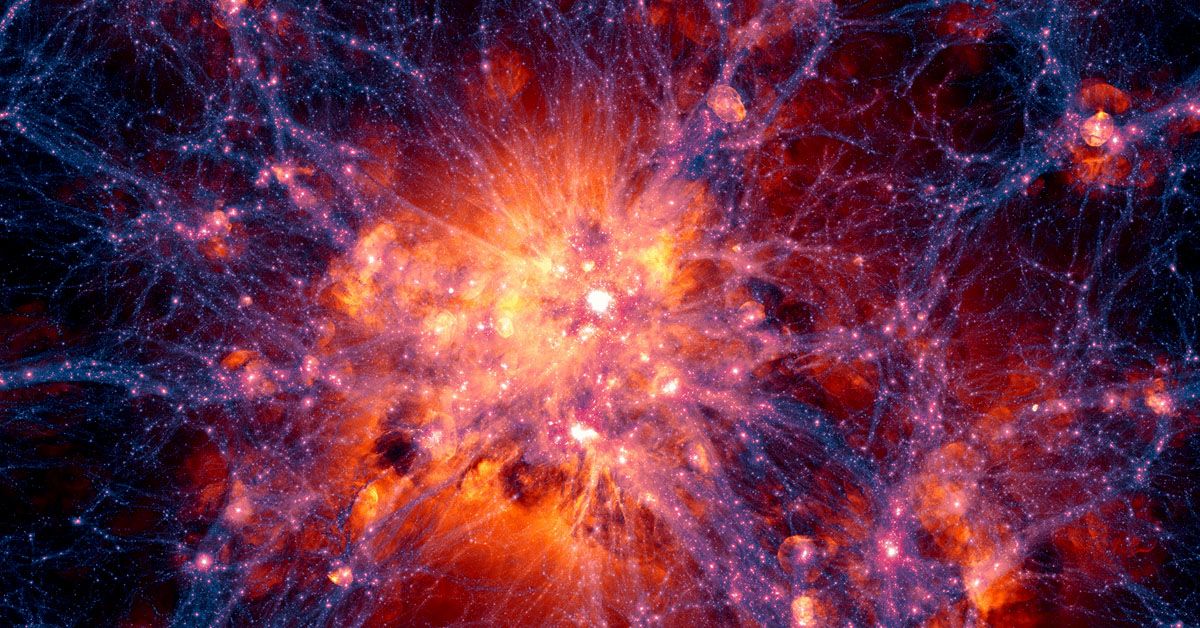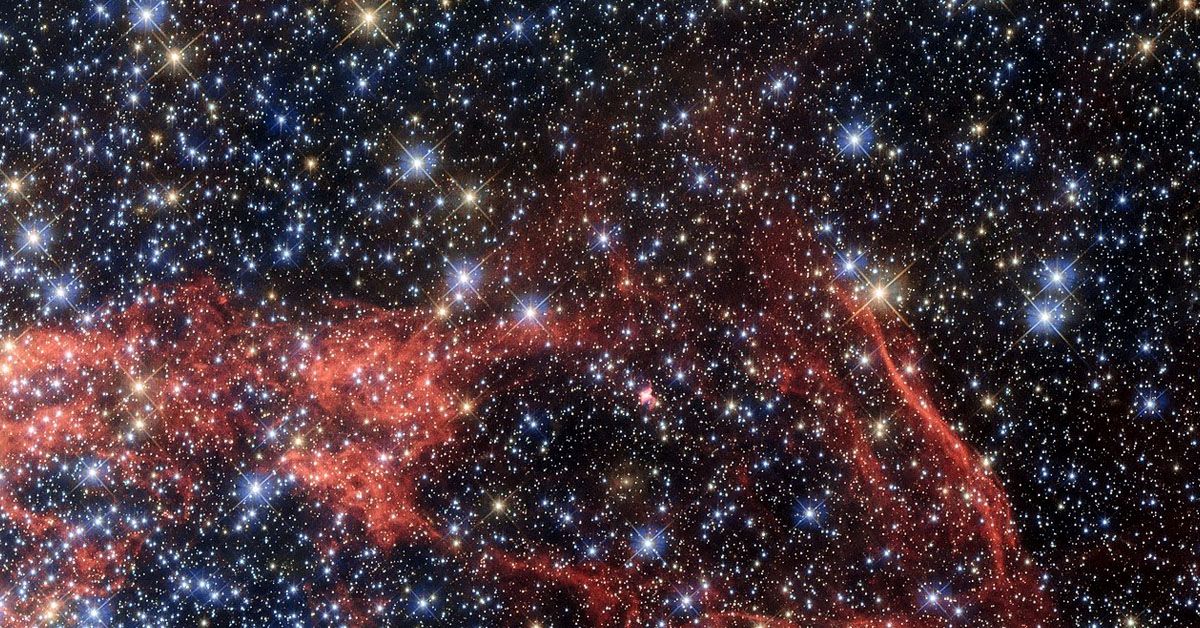According to a brilliant scientist you may have heard of, Albert Einstein, the universe isn't simply space and time floating separately but rather a combined entity known as spacetime.
This concept becomes particularly exciting when we witness a phenomenon called gravitational lensing. Picture a colossal celestial body so immense that it actually bends the light of distant stars and galaxies, magnifying them as if through a lens. Fascinating, isn't it?
Recently, astronomers peered billions of light-years away and found a unique supernova magnified by this very effect. They named it "SN Zwicky," and it provides exciting insights into our universe's depths.
Understanding Spacetime and Gravitational Lensing
First, let's dive into one of Einstein's greatest scientific contributions, the General Theory of Relativity. In a nutshell, this theory fundamentally reimagines the way we perceive the universe.
Traditionally, we consider time and space as separate entities: space is a three-dimensional arena where everything happens, and time is a non-stop, linear procession of events.
Einstein, however, proposed a more intertwined relationship, introducing the concept of "spacetime."
Picture it as a four-dimensional fabric woven from the threads of time and space, beautifully knitting together every event that ever happens, from a leaf falling from a tree to a star exploding billions of light-years away.
But what if this fabric isn't flat? What if massive objects could cause it to ripple or curve? That's where Einstein's genius truly shines, and that's our next stop, gravitational lensing.
Gravitational Lensing Explained
Envision the universe as a giant sheet of rubber. Now imagine placing a heavy ball (like a bowling ball) onto this sheet. The ball's weight would cause the rubber to dip and deform, right?
In Einstein's universe, the rubber sheet is spacetime, and a heavy ball is a massive object, like a star or a galaxy. This object's mass causes spacetime to curve around it, creating a gravitational well.
Now, if we roll a smaller ball (like a marble) close to the heavy ball, the marble's path will curve following the deformed rubber. That's how gravity works in Einstein's universe.
It's not just a force pulling objects together. It's a curvature of spacetime caused by massive objects.
Gravitational lensing is a striking consequence of this concept. Think of light from a distant star passing close to a massive galaxy on its way to us.
The galaxy's gravity can bend the light's path, just like the heavy ball bending the path of the marble. The galaxy acts as a magnifying lens for the light, hence the term "gravitational lensing."
Through this cosmic lens, distant objects appear magnified and sometimes distorted, offering us a unique perspective on the far reaches of the cosmos. Isn't that just mind-blowing?
Introduction to "SN Zwicky" and Its Discovery
Now that we have a grasp on the colossal concepts of spacetime and gravitational lensing, it's time to cast our gaze toward a particularly interesting manifestation of these principles. Meet "SN Zwicky," a supernova located a staggering 4 billion light-years away.

This distant supernova was discovered thanks to the fascinating phenomenon of gravitational lensing. SN Zwicky, magnified nearly 25 times by the gravity of a galaxy between it and us, was like a cosmic diamond glistening in the vast sky.
The discovery of SN Zwicky was detailed in the renowned journal "Nature Astronomy," demonstrating how deep our cosmic explorations can reach.
Instruments Involved in the Discovery
SN Zwicky was first detected at the Zwicky Transient Facility (ZTF), named after the famed astronomer Fritz Zwicky, who was ironically the first to propose the existence of dark matter.
The ZTF, a sky surveying project operating from California's Palomar Observatory, is like the universe's watchful eye, constantly scanning the skies for transient phenomena.

After this initial detection, the confirmation and detailed study of SN Zwicky was carried out using a fleet of telescopes.
These included the powerful W.M. Keck Observatory, located at Mauna Kea in Hawaii, known for its twin telescopes that are among the world's largest.
The Very Large Telescopes, a quartet of massive telescopes operating from the desert plains of Chile, also participated.
Finally, the legendary Hubble Space Telescope lent its eyes, stationed far above the distortions of Earth's atmosphere.
The Role of Supernovae as "Standard Candles"
So, what makes SN Zwicky, a supernova billions of light-years away, relevant to us? To answer this, we need to introduce another cosmic term: "standard candles." These aren't candles in the traditional sense.
Instead, they're specific types of celestial objects, like certain supernovae, with known brightness levels. Because we know how bright these objects are supposed to be, we can calculate their distance from us based on how bright they appear in our sky.
These standard candles act like cosmic mile-markers in the vast, boundless cosmos, helping us map the universe.
Supernovae like SN Zwicky belong to this special class (type Ia) of standard candles. By observing their luminosity, we can figure out their distance from us, providing crucial data to our cosmic cartographers.
Insights into Dark Matter, Dark Energy, and Universe Expansion
However, SN Zwicky isn't just a cosmic mile-marker, it also holds keys to unlocking some of the universe's biggest mysteries.
Among these are dark matter, a type of matter that we can't see but makes up about 85% of the universe's mass, and dark energy, a strange force that seems to be accelerating the expansion of the universe.
Astronomers can get indirect evidence of these enigmatic phenomena by studying how the light from SN Zwicky and other lensed supernovae gets bent and distorted.

These lensed supernovae also provide opportunities to refine our understanding of the universe's expansion rate, known as the Hubble constant.
By comparing the observed properties of these supernovae with predictions from different models, scientists can hone these models to better describe our ever-expanding universe.
More Discoveries with the Vera Rubin Observatory
The discovery and study of SN Zwicky may be a significant leap in our cosmic understanding, but it's just the beginning.
The upcoming Vera Rubin Observatory in Chile is expected to revolutionize our ability to survey the sky.
With its state-of-the-art telescope and camera, it will capture the transient sky with a depth and breadth never before possible, increasing the likelihood of discovering more lensed supernovae like SN Zwicky.
Sources: nature.com













